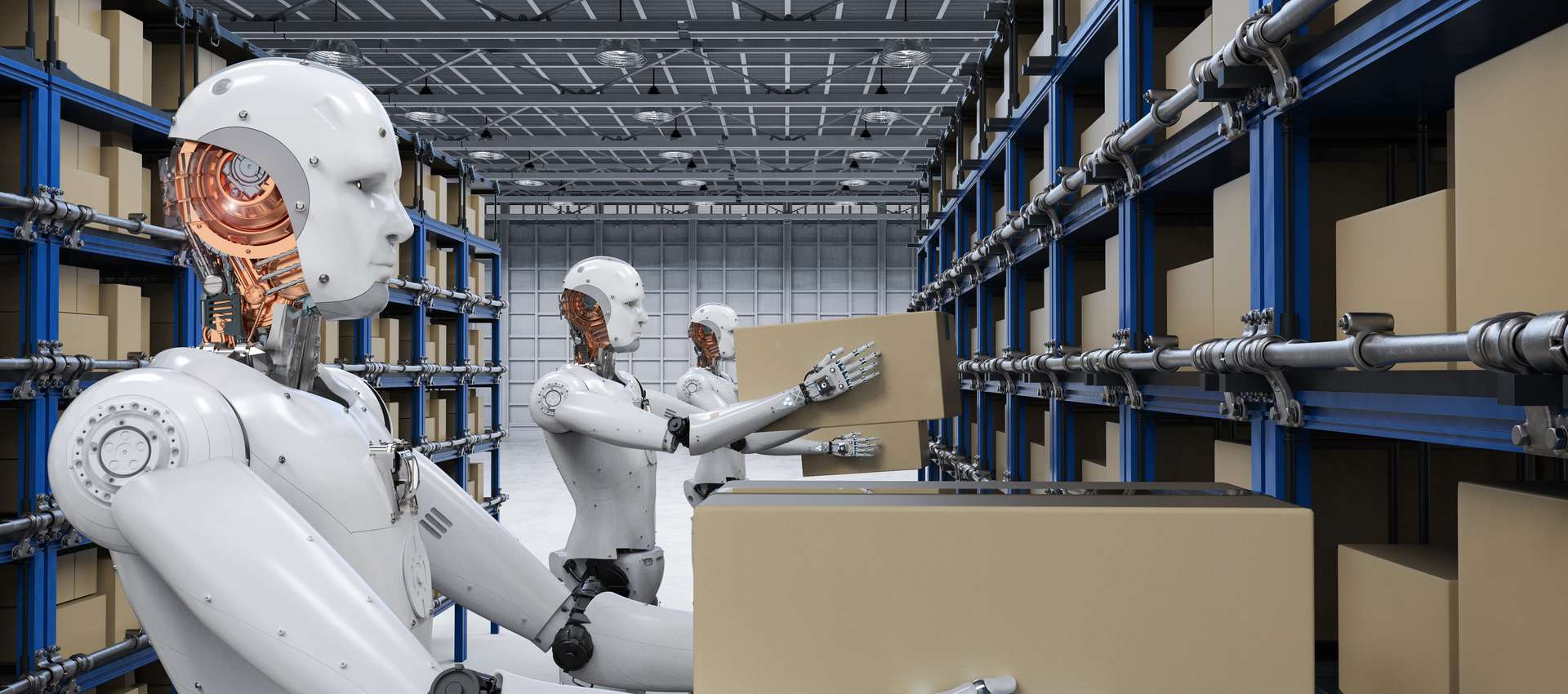The market is experiencing a transition of sales from brick-and-mortar to e-commerce, as evidently shown in the annual compounding growth of online sales. If you think today’s warehouses consist of nothing more than an open industrial space, employees stocking warehouse racks and forklifts, then you’d be surprised.
Warehouse digitization has paved the way for technology and automation that has transformed the traditional warehouse into a digital warehouse. Technologies like the Internet of Things, Artificial Intelligence will surely help the warehouse keep up with market demand and constant changes.
Real-time Data
Blockchain and IoT are the two technologies that help businesses collect data. These are sensory devices that will collect data such as location, humidity, and temperature, though all live on the network in real-time. An important first step in this direction is the introduction of scanners and barcodes. To do this, several hurdles must be overcome in terms of hardware acquisition and setting up the infrastructure for a seamless Internet connection. In addition, employees must get used to the new system and say goodbye to the paper process. On the other hand, this creates a considerable boost for data-based process control. With the scanner and tablets, employees always have all the information they need for the process with them, and all the individual steps are also immediately available in the system There is no need to enter data manually or print everything.
Internet of Things
Warehousing is a key element of supply chain management that can push enterprises towards digital transformation. Some experts say that within five years high-performance warehouses will be fully autonomous. According to The Statista Research Department, by 2025, the global market for IoT (Internet of Things) will achieve a growth of around 1.6 trillion. Sensors can be installed within a warehouse to notify managers when a certain stock goes below a threshold limit. In the example of the food and beverage industry, sensors can warn warehouse operators about food items getting stale, so they can be restocked in time. The IoT will largely eliminate manual intervention and make warehouse management seamless IoT for Digital Warehouse Transformation Select an Image.
Warehouse Management System (WMS)
Warehouse management systems (WMS) can organize the data to provide workers with immediate information about where everything is. This level of visibility helps warehouses avoid many common errors.-to-access real-time location data can help workers find the right items. Having a single point to view all up-to-date inventory levels can also help determine when to order new products, avoiding delays and shortages.
We are here for you!
Were we able to pique your interest in the digitization of warehouse management?
If you have any questions about this or other topics in this blog, please contact us here.
Read our latest customer success story here.
